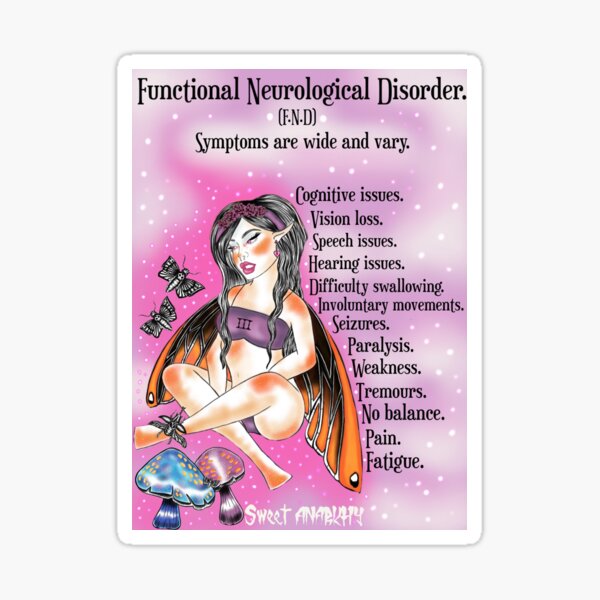
How trigeminal neuralgia is detected
Trigeminal neuralgia, also known as prosopalgia or Fothergill’s disease is a neuropathic disorder of the trigeminal nerve that causes episodes of intense pain in the eyes, lips, nose, scalp, forehead and jaw.1 The clinical association of trigeminal neuralgia and the presence of hemifacial spasm is known as tic doloroso or tic doloreux, attributed in its original description to Nicolas André in his book Traité sur les maladies de l’urethre
related. When there is no structural cause, the syndrome is called idiopathic. Postherpetic neuralgia, which occurs after shingles, can cause similar symptoms if the trigeminal nerve is affected.
help control the pain. Other treatments include capsaicin creams, vitamin B-12 supplements,9 dietary modification or covering the face to avoid wind and other mild sensory triggers.
Call center staff using a telephone headset or handset are vulnerable to ASD because of the increased likelihood of exposure, close to their ear(s), of a sudden unexpected loud sound(acoustic incident) randomly transmitted via the telephone line. In the early 1990s, co-inciding with the rapid growth of call centres in Australia, increasing numbers of employees were reporting these symptoms.
Trigeminal neuralgia – emotional causes
OverviewTrigeminal neuralgia is a condition that causes painful sensations similar to an electric shock on one side of the face. This chronic pain condition affects the trigeminal nerve, which transmits sensations from the face to the brain. If you have trigeminal neuralgia, even mild stimulation of the face, such as brushing your teeth or applying makeup, can trigger sudden excruciating pain.
Because of the variety of treatment options available, having trigeminal neuralgia does not necessarily mean you are doomed to a life of pain. In general, doctors can effectively control trigeminal neuralgia with medication, injections or surgery.Products and servicesShow more Mayo Clinic products
In trigeminal neuralgia, also called painful tic, the function of the trigeminal nerve is impaired. The problem is usually contact between a normal blood vessel (in this case, an artery or vein) and the trigeminal nerve located at the base of the brain. This contact puts pressure on the nerve and causes it to malfunction.
Alivio para la neuralgia del trigémino
El adenocarcinoma basocelular es una neoplasia epitelial con las características citológicas de un adenoma basocelular pero con un patrón morfológico de crecimiento infiltrativo indicativo de malignidad. A menudo es difícil de diagnosticar debido a su baja incidencia. El objetivo de este estudio es identificar las características morfológicas e inmunohistoquímicas que ayudan a su diagnóstico. Se resecó un tumor parotídeo en un paciente de 52 años; se realizó biopsia postoperatoria e inmunotinción con Ki-67, CK19, p63 y α-actina de músculo liso. El diagnóstico fue de adenocarcinoma de células basales que invadía la cápsula tumoral, la grasa periglandular y los ganglios linfáticos. La inmunomarcación con Ki-67, CK19, p63 y α-actina de músculo liso fue positiva. Posteriormente, se diagnosticó una metástasis en el seno maxilar. Dadas las características morfológicas, la elevada expresión de Ki-67 y la metástasis, se trata de un tumor maligno, lo que lo diferencia del adenoma basocelular.
La Organización Mundial de la Salud y Ellis y Auclair describieron al adenocarcinoma de células basales (Código ICD-O 8147/3, Clasificación Internacional de Enfermedades para la Oncología) como una neoplasia epitelial citológica e histomorfológicamente muy similar al adenoma de células basales, pero con crecimiento infiltrante y una baja incidencia de metástasis 1-3).
Trigeminal neuralgia in young people.
Your health care provider will examine you and ask questions about your symptoms.The exam may show:You may need to see a dentist if the pain is in the face or jaw. A dental exam can rule out dental disorders that can cause facial pain, such as tooth abscesses. Other symptoms (such as redness or swelling) can help rule out conditions such as infections, bone fractures, or rheumatoid arthritis. There are no specific tests for neuralgia, but the following can be done to find the cause:Treatment
Most neuralgia is not life-threatening and is not a sign of other life-threatening disorders. For severe pain that does not improve, see a pain specialist so that all treatment options can be explored.Most neuralgias will respond to treatment. Attacks of pain are usually intermittent. However, they may become more frequent in some people as they age.Sometimes, the condition may improve on its own or disappear over time, even when the cause is not found. Possible Complications
